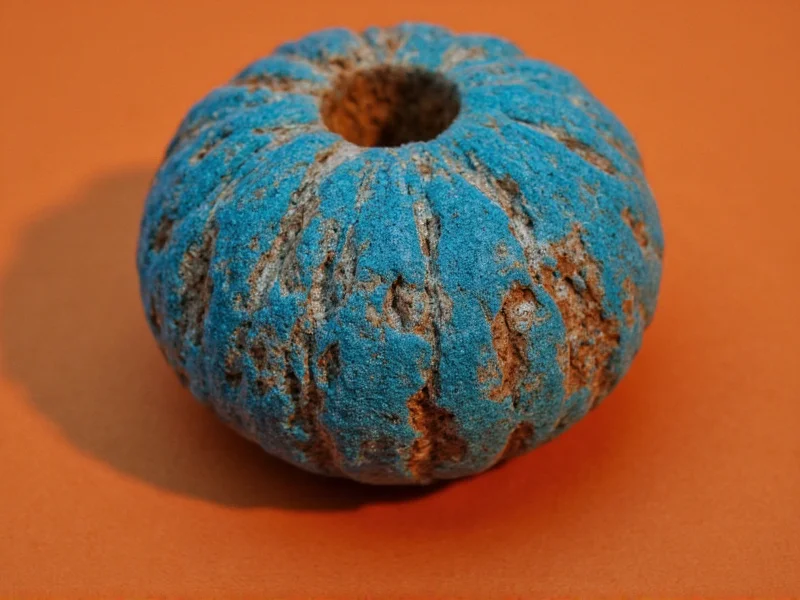When people ask what color is mace, they're usually referring to the spice rather than the self-defense spray. Understanding mace color helps with identification, quality assessment, and proper culinary use. The distinctive orange-red hue of mace sets it apart from its close relative, nutmeg, which has a brown exterior.
Understanding Mace Spice Color Variations
Mace, the delicate covering surrounding nutmeg seeds, displays a striking color spectrum. Fresh mace begins as a bright crimson membrane that gradually transforms during the drying process:
- Fresh mace: Deep red to crimson
- Semi-dried mace: Orange-red
- Fully dried mace: Golden yellow to pale orange
The final color depends on harvesting timing and drying methods. High-quality mace maintains a consistent orange-yellow hue without dark spots or discoloration. This color transformation occurs because the anthocyanin pigments in fresh mace break down during drying, revealing the underlying carotenoids that create the characteristic golden tones.
Mace vs. Nutmeg: Color Comparison
Many people confuse mace and nutmeg, but their colors provide clear differentiation:
| Spice | Color Characteristics | Physical Form |
|---|---|---|
| Mace | Reddish-orange to golden yellow | Thin, lacy membranes (blades) |
| Nutmeg | Brown exterior, light brown interior | Hard, oval seed |
When ground, mace produces a lighter-colored powder than nutmeg. This color difference helps chefs determine which spice they're using when labels are missing. The orange hue of ground mace makes it particularly useful in light-colored dishes where darker nutmeg might discolor the final product.
Other Meanings of Mace and Their Colors
While culinary mace has its distinctive orange tones, other meanings of "mace" have different color associations:
Mace Self-Defense Spray
When searching what color is mace spray, the answer differs significantly. Modern mace spray typically appears red due to added dye that helps identify attackers. Early versions of mace contained phenacyl chloride (CN gas) and were clear, but contemporary formulations use OC (oleoresin capsicum) with red coloring for visibility.
Ceremonial Mace
In parliamentary contexts, ceremonial maces often feature gold or silver finishes with colorful embellishments. These ornamental staffs display various colors depending on the institution, but typically incorporate national colors or institutional heraldry.
Why Mace Color Matters in Cooking
The color of mace provides valuable information for culinary professionals and home cooks. Vibrant orange-yellow mace indicates freshness and potency, while dull or faded mace suggests age and diminished flavor. Chefs use mace's distinctive hue to determine proper usage in various dishes:
- Light sauces and custards: Mace's golden color won't discolor pale dishes
- Baked goods: Provides warm color without dark specks
- Preserves: Contributes subtle orange tones to fruit preparations
When substituting mace for nutmeg, the color difference becomes particularly important. Using nutmeg instead of mace in light-colored recipes can create undesirable speckling, while mace provides similar flavor without the visual disruption.
Preserving Mace's Vibrant Color
To maintain mace's characteristic orange hue, proper storage is essential. Exposure to light, air, and moisture causes fading and flavor degradation. For optimal color preservation:
- Store in airtight containers away from direct light
- Keep in cool, dark pantries (not above stoves or ovens)
- Use within 2-3 years for best color and flavor
- Consider whole blades rather than ground mace for longer color retention
Faded mace appears dull brown rather than vibrant orange, indicating reduced potency. When purchasing mace, look for uniform orange-yellow blades without dark spots or excessive brittleness, which suggests proper drying and storage.
Identifying Quality Mace by Color
Professional chefs and spice merchants use color as a primary quality indicator when evaluating mace. Premium mace displays:
- Consistent orange-yellow throughout
- No dark spots or discoloration
- Bright, vibrant appearance (not dull or faded)
- Translucent quality when held to light
Lower quality mace often shows uneven coloring, dark patches, or excessive brittleness. The finest mace, sometimes called "true mace" or "high red," maintains a rich orange hue that indicates careful harvesting and processing. This premium grade commands higher prices but delivers superior flavor and visual appeal in culinary applications.
Frequently Asked Questions
Is mace the same color as nutmeg?
No, mace and nutmeg have distinctly different colors. Mace appears as a reddish-orange to golden yellow, while nutmeg has a brown exterior with a light brown interior. When ground, mace produces a lighter-colored powder than nutmeg, making it preferable for light-colored dishes where visual appearance matters.
Why does mace change color when dried?
Fresh mace starts as a bright crimson membrane surrounding the nutmeg seed. During drying, the anthocyanin pigments break down, revealing the underlying carotenoids that create mace's characteristic golden orange tones. Proper drying preserves these valuable color compounds while improper drying can lead to dull, faded mace with diminished flavor.
Does the color of mace indicate its quality?
Yes, mace color serves as a reliable quality indicator. High-quality mace displays a vibrant, consistent orange-yellow hue without dark spots or discoloration. Dull, faded, or unevenly colored mace suggests age, improper storage, or poor processing. The finest mace maintains a rich orange color that indicates freshness and potency, directly correlating with superior flavor.
What color is mace spray compared to mace spice?
Mace spray and mace spice have completely different colors. Culinary mace spice appears as a reddish-orange to golden yellow, while mace self-defense spray typically contains red dye for visibility. This red coloring helps identify attackers who've been sprayed, creating a clear visual distinction from the orange culinary spice despite sharing the same name.
How can I tell if my mace has gone bad by its color?
Faded mace loses its vibrant orange-yellow hue and appears dull brown or grayish. High-quality fresh mace should have a bright, consistent color. Dark spots, uneven coloring, or excessive brittleness also indicate deterioration. Properly stored mace maintains its characteristic orange tone for 2-3 years, while degraded mace not only loses color but also flavor potency.











 浙公网安备
33010002000092号
浙公网安备
33010002000092号 浙B2-20120091-4
浙B2-20120091-4